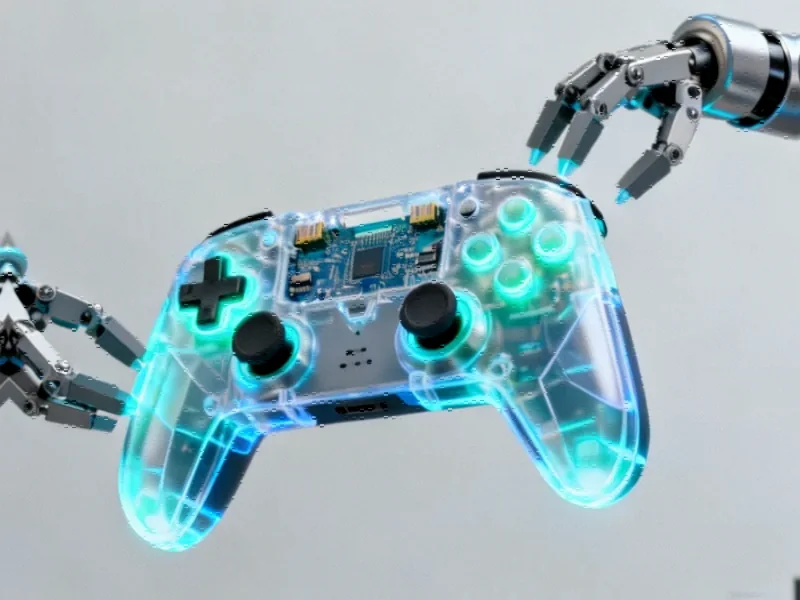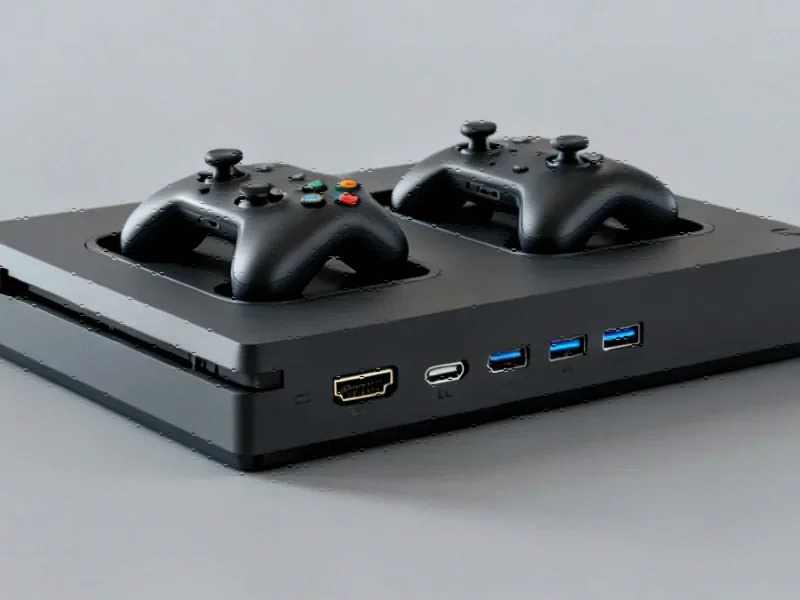Xbox Confirms Next-Generation Console Development with AMD Partnership
In a definitive move to quell industry speculation, Xbox President Sarah Bond has publicly confirmed that Microsoft is actively developing next-generation console hardware. During an interview with Variety, Bond emphasized the company’s unwavering commitment to Xbox’s hardware future, revealing that prototyping and design phases are already underway. This announcement comes as Microsoft strengthens its longstanding partnership with AMD, signaling a significant investment in the future of gaming hardware.
“We have our next-gen hardware in development,” Bond stated. “We’ve been looking at prototyping, designing. We have a partnership we’ve announced with AMD around it, so that is coming.” This confirmation puts to rest recent rumors about potential cancellations while highlighting Microsoft’s dual approach to hardware innovation: a traditional next-generation console alongside potential new form factors like an official Xbox handheld device.
AMD’s Role in Microsoft’s Hardware Ecosystem
The deepened collaboration with AMD represents a strategic cornerstone for Microsoft’s hardware roadmap. Reports suggest the next-generation Xbox console will utilize an APU codenamed ‘Magnus’, featuring cutting-edge Zen 6 CPU cores paired with RDNA 5 graphics architecture. This hardware combination promises substantial performance improvements that could redefine console gaming capabilities.
Microsoft’s partnership with AMD extends beyond traditional consoles, potentially encompassing specialized processors for emerging gaming platforms. The flexibility of this partnership allows Microsoft to explore multiple hardware directions simultaneously, ensuring they can respond to evolving gamer preferences and market trends in interactive entertainment.
Strategic Positioning in the Evolving Gaming Landscape
Microsoft’s hardware announcement comes at a pivotal moment for the gaming industry, where companies must balance traditional console development with emerging gaming paradigms. Bond’s comments reveal a company listening carefully to market signals: “We are always listening to what players and creators want. When there is demand for innovation, we’re going to build it.”
This approach reflects a broader industry pattern where technology companies are navigating complex technological frontiers to deliver compelling user experiences. Microsoft’s strategy appears to embrace multiple hardware form factors while maintaining the core console experience that has defined the Xbox brand for decades.
Broader Implications for Computing and Technology
The developments in gaming hardware have ripple effects across adjacent technology sectors. The advanced APUs developed for next-generation consoles often influence computing architectures in other domains, from industrial applications to consumer devices. Similarly, the security considerations for connected gaming platforms share common ground with broader digital security initiatives across technology ecosystems.
As Microsoft positions itself for the next hardware generation, the company must navigate several critical considerations:
- Balancing performance improvements with power efficiency and thermal management
- Integrating cloud gaming capabilities with local hardware processing
- Creating developer tools that leverage new hardware capabilities effectively
- Maintaining compatibility with existing Xbox ecosystem investments
These challenges mirror those faced throughout the technology sector, where companies must manage complex technological transitions while delivering consistent value to users.
The Future of Xbox Hardware Innovation
Beyond the confirmed next-generation console, Bond’s comments leave the door open for additional hardware innovations, particularly regarding a potential Xbox handheld. This aligns with industry movements toward portable gaming solutions and represents Microsoft’s willingness to explore new form factors.
The gaming hardware landscape continues to evolve rapidly, with companies exploring new approaches to interactive entertainment delivery. Microsoft’s confirmed hardware development, coupled with its flexible partnership with AMD, positions the company to respond effectively to these industry developments while maintaining its commitment to core gaming experiences.
As the next hardware generation takes shape, Microsoft’s approach demonstrates how traditional console manufacturers must adapt to a changing technological landscape, balancing proven formulas with necessary innovation to meet gamer expectations in an increasingly competitive market.
This article aggregates information from publicly available sources. All trademarks and copyrights belong to their respective owners.
Note: Featured image is for illustrative purposes only and does not represent any specific product, service, or entity mentioned in this article.


